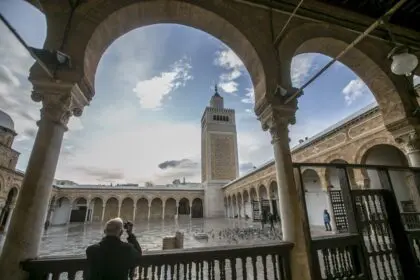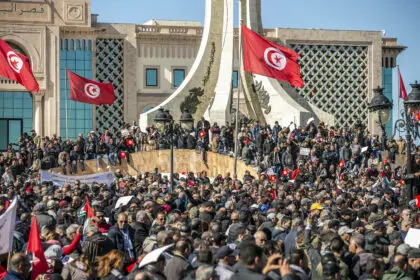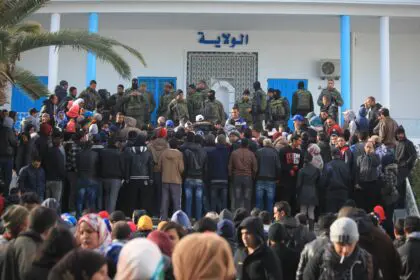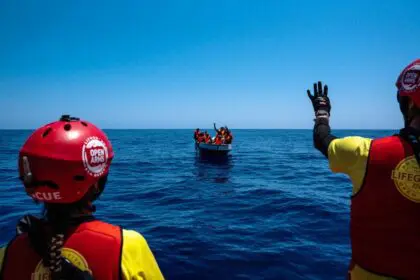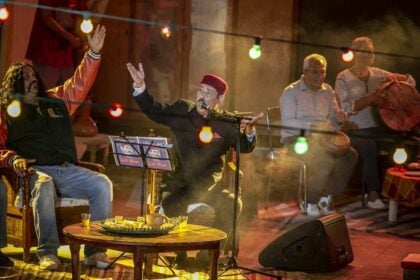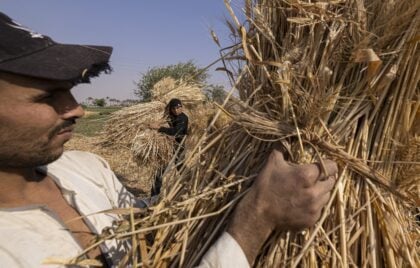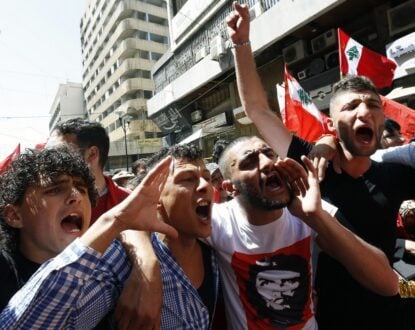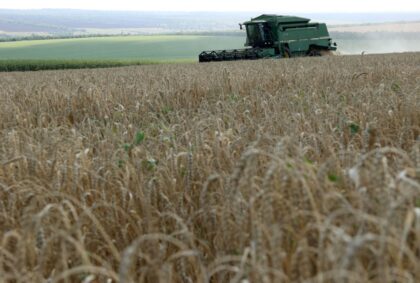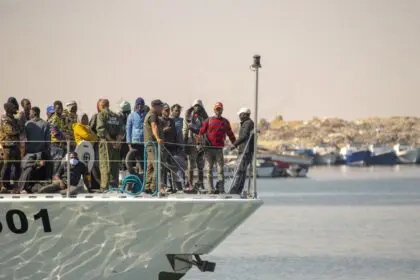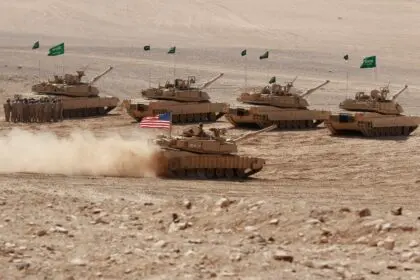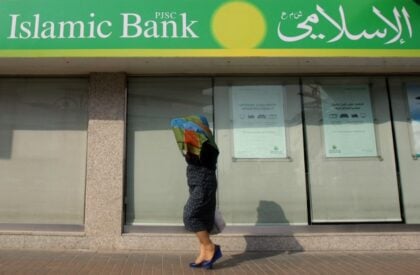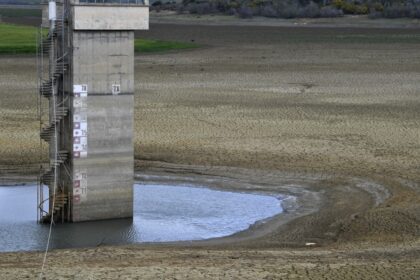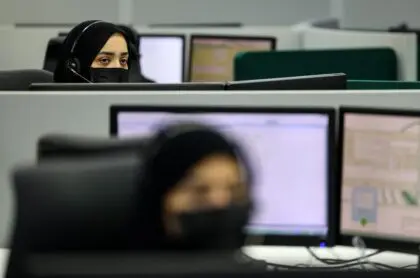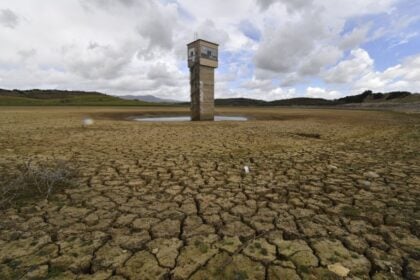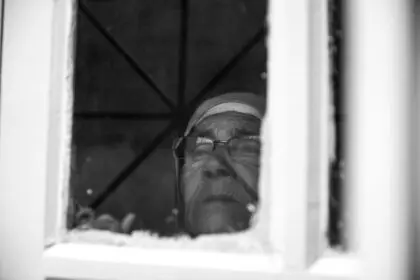
Introduction
Tunisia (Official name: Republic Of Tunisia) is a country located in North Africa. It is bordered by Algeria from west and southwest, Libya from the southeast, and the Mediterranean from east and north. Tunisia’s land area accounts for 163,610 km2.Tunis is the capital and the largest among Tunisian cities. It is located on the north coast of Africa, between the western and eastern basins of the Mediterranean.
The strategic position of the Tunisian coast attracted conquerors and visitors over history. In addition, the country’s extension between the plain and the desert allowed its people to communicate with the inhabitants of the African interior.

During the Middle Ages, the region that forms the present-day Tunisia was part of the province of Ifriqiya. This province included Tunisia, Tripolitania (present-day western Libya), and eastern present-day Algeria. However, this province’s boundaries changed over the centuries, depending on powers dominating that region. At some point, Ifriqiya included the island of Sicily. The historical Islamic city of Kairouan, founded in about 670, was the capital of Ifriqiya.
In the 7th century, the Arab conquerors succeeded in converting the native inhabitants of the region (Amazigh) to Islam. The Islamic dynasties and empires ruled this region until it fell under the French annexation in the late 19th century.
After its independence in 1956, Tunisia followed a progressive social agenda. The country sought developing its economy under the rule of two presidents who remained in their position for a long time; Habib Bourguiba and Zine El Abidine Ben Ali. However, Tunisia remained an authoritarian state ruled by a powerful ruling party until the Jasmine Revolution broke out in 2011.
Tunisia’s population is estimated at 11.94 million according to 2021 UN estimates. Arabs constitute 98% of the total population, Europeans constitute 1% and Jews and others account for 1%.
Arabic is the official language of the country, while French is used as a language for management and business. The Amazigh “Berber” language is among the spoken languages.
Sunni Muslims constitute 99.1% of the population, and the remaining includes Christians, Jews, Shiite Muslims, and Baha’is.
Tunisian Dinar is the official currency. Natural resources include oil, phosphate, iron ore, lead, zinc, and salt.
In terms of military, Tunisia is ranked 73 out of 145 countries included in the Global Firepower Index report for 2023.
Tunisia was ranked 94 out of 180 in the international ranking of the press freedom of the “Reporters without Borders” institution in 2022. Enacting Decree 115 regarding freedom of the press, printing, and publishing, and Decree 116 regarding freedom of audio-visual communication, was a defining moment in Tunisia’s march to democracy after the 2011 revolution. The same applies to the lessening of the authority given to the ministry of interior to intervening in media affairs.
After 2011, the newspaper industry sought to better reflect the masses’ sentiments, as a new group of printed materials emerged. However, moving towards free open press was slowed down in recent years.
The list of prominent Tunisian faces includes the founder and leader of Ennahda Movement Islamic party Rached Ghannouchi and the singer and songwriter Emel Mathlouthi.
Football is the most popular sport among the Tunisians. The national team known as “Eagles of Carthage” won the African Cup of Nations in 2004. The team participated in the World Cup 5 times as well.
Handball is the second most popular sport in Tunisia after football. The national team participated 14 times in the handball World Cup (The team will participate for the 15th time in 2021). The team qualified for the semi-final of the handball World Cup that was hosted in Tunisia in 2005. In addition, Tunisia won the African Handball Champions League 10 times.
Tunisia is located in the warm mild region between latitudes 37° and 30° N. Climate in the north is Mediterranean. Winter is mild and rainy, while summer is dry and hot. The climate changes moving southwards into a semi-arid climate from the plains to the desert in the far south. The desert effects lead to the emergence of Sirocco winds, a seasonal hot wind blowing from the south that dangerously leads to drying plants.
Tunisia is characterized by moderate relief. The highest mountain in Tunisia is the Chaambi Mountain, located close to the Algerian borders, rising to the height of 5,066ft (1,544m). Djebel Zaghouan Mountain is located 30 miles (50km) away southwest of Tunisia, and its height reaches 4,249ft (1,295m). Majardah valley is considered the most grain-producing region in Tunisia.
The list of the most popular tourist attractions in Tunisia includes the Zaytuna Mosque, which is considered among the most ancient mosques in the world. The list also includes Carthage and Kairouan; two Tunisian cities enlisted on the UNESCO World Heritage List. The list includes the Hammamat and Bardo National Museum as well.
Vehicle driving is right sided, similar to the rest of the Middle East and North Africa. Time zone for Tunisia is (GMT+1). The international dialing code is 216+.



